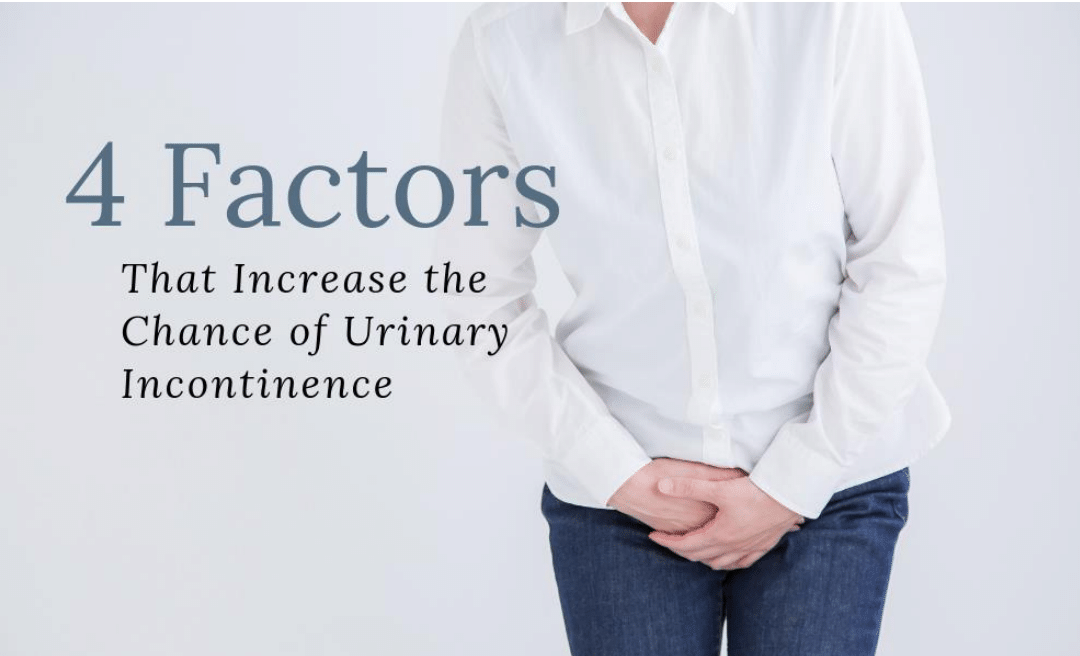
4 Factors That Increase the Chance of Urinary Incontinence
Share
While urinary incontinence can affect anyone regardless of circumstance, there are a few factors that can increase your risk. While some of these things may be beyond our scope of control, it’s still useful to be aware of the potential instigators. Oftentimes, possessing the ability to connect the dots can help provide you with a peace of mind. Below we list some circumstances that can present individuals with a higher chance of developing urinary incontinence.
1. Gender
Urinary incontinence typically occurs in females. Approximately two-thirds of people who develop the condition are women. The exception is prostate surgery, as 6-8% of men who experience this are expected to develop incontinence. Health professionals often attribute the prevalence of women affected to events such as menopause and pregnancy.
2. Age
Another large contributing factor is age. As cited in the above article from Health24, urinary incontinence affects as many as 50-84% of elderly men and women residing in nursing homes. Conditions such as Alzheimer’s or Parkinson’s can impact reaction time in seniors, oftentimes impeding their ability to reach a restroom in time.
3. Diabetes
A survey conducted in 2001-2002 studied 1,461 non-pregnant women who suffered from incontinence. Of these subjects, 17% of them had diabetes. Researchers credited this risk to an increase in blood sugar and chemical stress on the bladder. Oftentimes, frequent urination can be one of the first signs of diabetes.
4. Childbirth
A 2015 study surveyed a group of women with and without urinary incontinence. The goal was to determine if the method of childbirth can increase one’s risk of developing the disorder. They compared vaginal births to C-sections and found that women that delivered vaginally had an increased risk of developing incontinence. Out of the 82 women who delivered five or more children vaginally, 74 had urinary incontinence.
Navigating Incontinence
One of the most important things to be aware of is the fact that urinary incontinence is not embarrassing—and many outside factors can contribute to the likelihood of developing it. If you present symptoms, talk to your doctor about the best way to deal with it. Start using adult incontinence products such as liners to protect your clothes and help you feel more comfortable. It may take some time to adjust, but you’ll be happier to know what caused the condition and what can help ease the symptoms.
